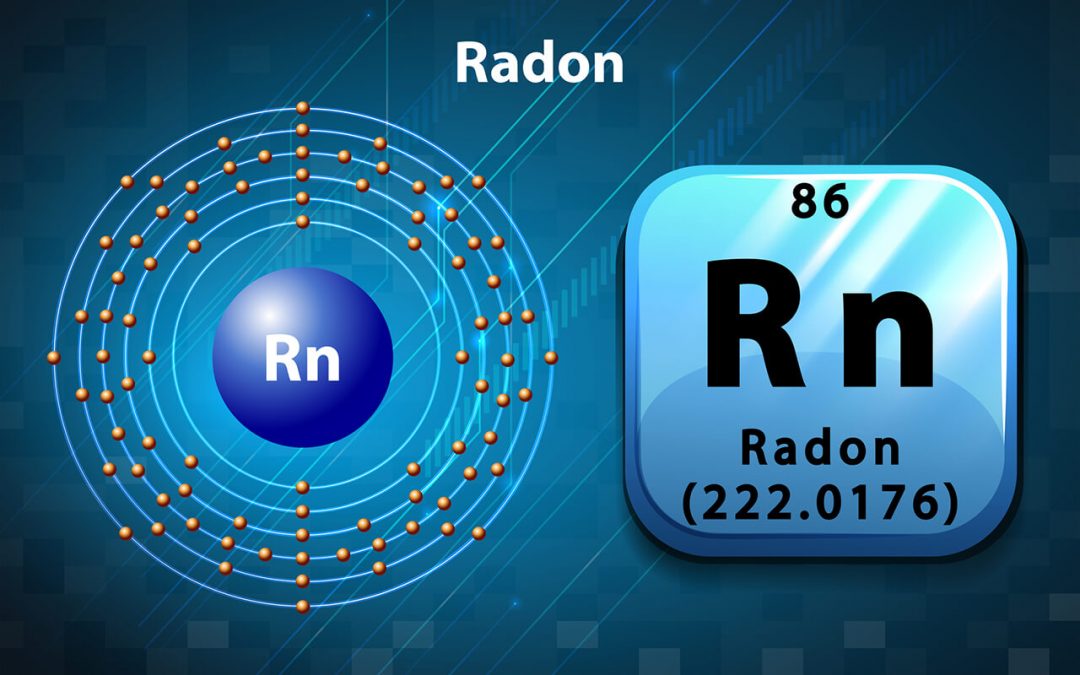January and the new year will be here soon, and along with them, National Radon Action Month. Radon is a radioactive gas that is produced over time through the decay of uranium. Both radon and uranium are natural substances, yet they can have dangerous and even deadly consequences to those who are exposed to them.
Radon in the home is common throughout the United States, so it’s important that you understand the risks associated with this gas.
The Dangers of Radon in the Home
Radon in the home can cause lung cancer in those exposed to high levels of the gas. The U.S. Environmental Protection Agency estimates that approximately 21,000 people die from lung cancer that is directly attributed to radon exposure each year. By learning more about radon, you can take steps to address this risk directly and to protect your family’s health in the process.
1. High Levels of Radon May Go Undetected
Radon is a radioactive gas that has lethal consequences over time and is impossible to detect without technology. This is because it is odorless and clear. It could be in the air that you are breathing today, and you would never know it without a professional radon test.
2. Radon Can Enter Any Home Through the Ground
In addition to being clear and odorless, radon can enter any home through the ground. As uranium deteriorates underground, radon gas is created in pockets. It can rise into your home through cracks in flooring, walls, and the foundation.
Most commonly, this is associated with warm air rising into the home on a chilly day, but it can occur year-round. Fireplaces, furnaces, open windows, exterior air vents, and other areas may also be entry points for radon. Once the gas enters the home, it can build up to dangerous levels indoors.
3. Radon Detectors and Tests Are Essential
As radon in the home becomes trapped, the levels can increase and endanger your family without your knowledge. Professional home inspectors can determine if your home has unsafe levels of radon by using high-quality radon detectors to test the air. Because radon levels can increase over time, it is important to periodically test your home.
4. Radon Can Safely and Effectively Be Removed
The good news is that radon can be removed from your home once you have identified a problem. You can even take steps to prevent high levels from building up in your home again. Through professional mitigation, you can live in a home that is free from the dangers of radon.
If you have not had your home tested for radon recently, what better time is there than National Radon Action Month? By learning about unsafe levels of radon, you have the knowledge to protect you and your family from radon in the home.
Weaver Home Inspection provides professional radon testing and other home inspection services to eastern and middle Tennessee. Contact us to schedule an appointment.

